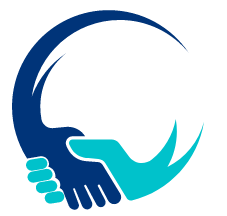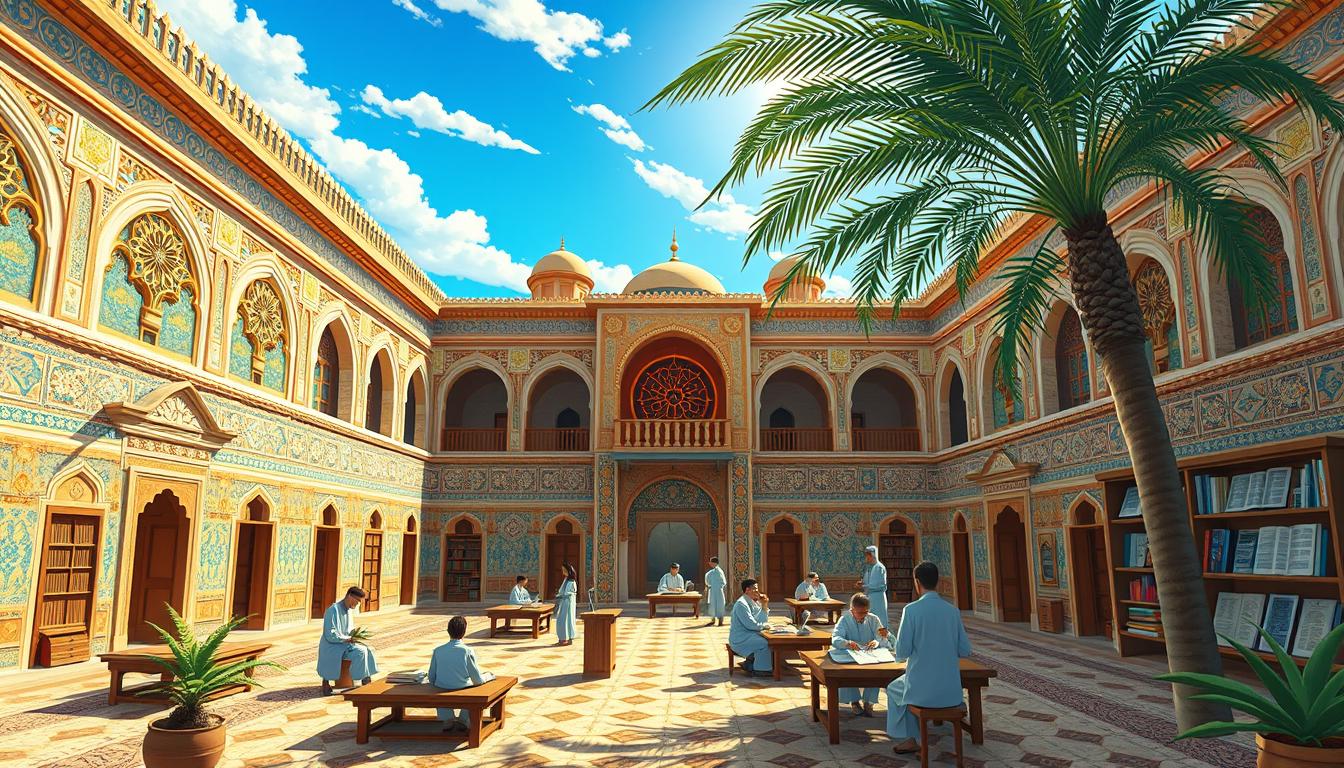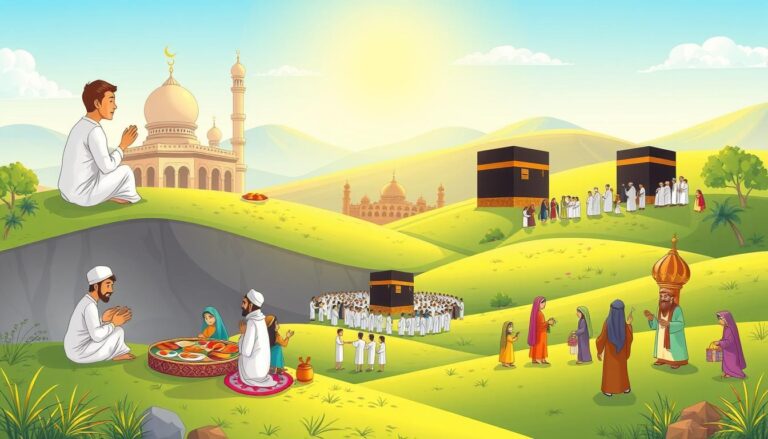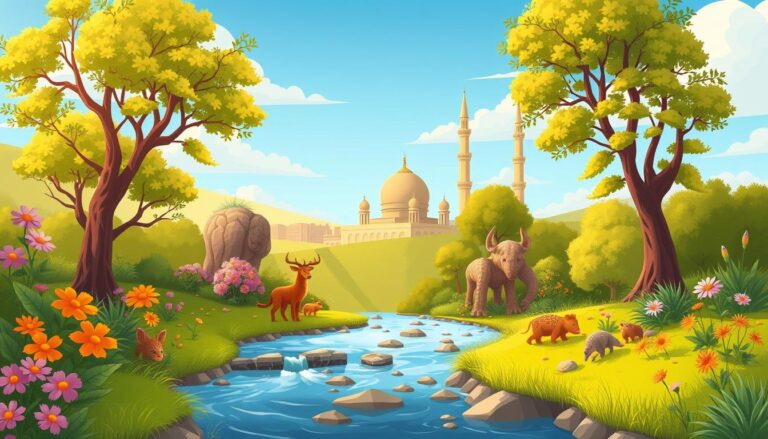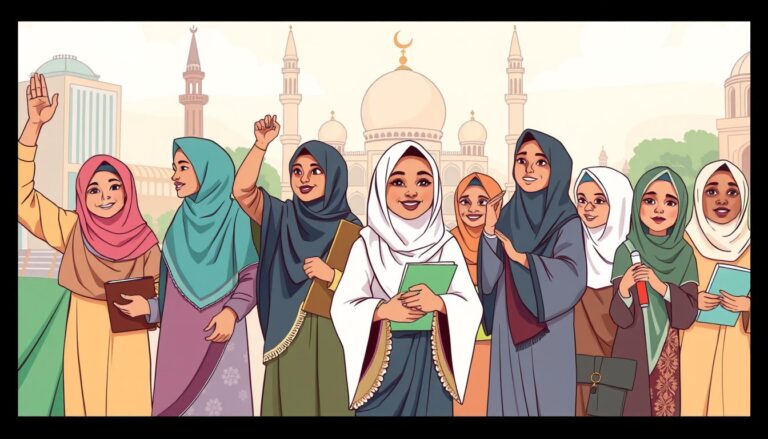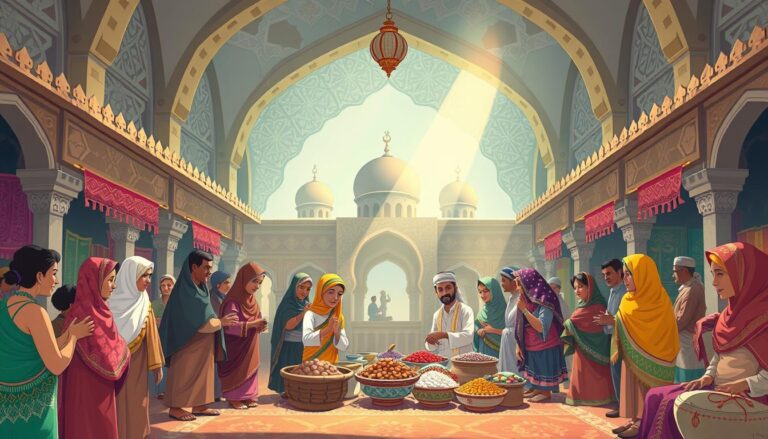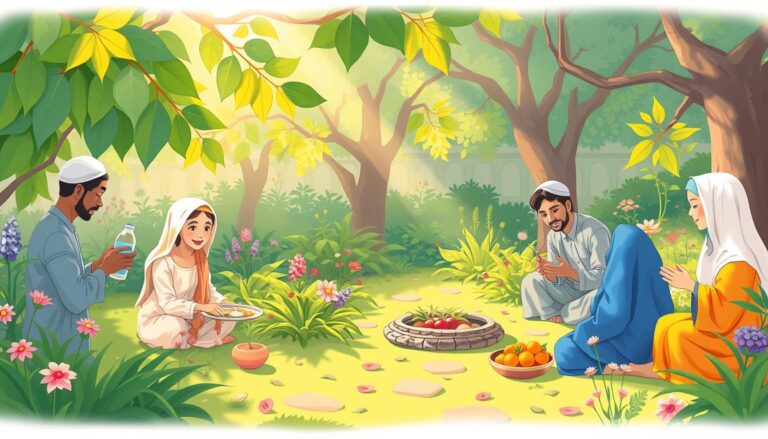How Islamic Schools Transformed Learning in History
Did you know the Quran mentions “knowledge” over 800 times? This shows how crucial education is in Islamic culture. Islamic schools have changed learning over centuries, impacting our world today.
Islamic education, based on the Quran, changed how we learn. From the 8th to the 16th century, it was a time of great educational progress. It combined spiritual and secular learning, focusing on both the soul and intellect.
By the 9th century, Islamic knowledge was divided into three areas: Islamic sciences, Greek knowledge, and literary arts. This broad approach to education sparked a scholarship renaissance that shaped the world for centuries.
Key Takeaways
- The Quran emphasizes the importance of knowledge with over 800 references.
- Islamic education balanced spiritual and secular learning.
- The Islamic Golden Age (8th-16th century) was a pivotal period for educational development.
- By the 9th century, Islamic knowledge was categorized into three main groups.
- The educational system aimed to develop both intellect and character.
The Qur’anic Foundation of Islamic Education
Qur’anic education is the core of Islamic learning. The first message to Prophet Muhammad highlighted the value of knowledge. This started a tradition of learning that mixes spiritual teachings with practical knowledge.
The First Revelation: A Call to Knowledge
The Qur’an’s first verses, revealed in the late 7th century, start with “Read!” This command led to a learning revolution among early Muslims. It created a culture that prized literacy and scholarship, starting a long history of intellectual growth.
Qur’anic Principles in Education
Islamic learning principles from the Qur’an promote critical thinking and reflection. They teach students to observe, question, and understand the world. The Qur’an is a key text, teaching religious doctrine, history, ethics, and natural sciences.
Balancing Spiritual and Secular Learning
Qur’anic education focuses on balance. It aims to grow both the soul and the intellect. This view led to a wide curriculum in Islamic schools, including religious studies, mathematics, astronomy, and medicine.
“Seek knowledge from the cradle to the grave.”
This famous saying shows the lifelong dedication to learning in Islam. It emphasizes that education is a journey, not just for school years but for life.
The Rise of Madrasas: Centers of Islamic Learning
Madrasas became key Islamic schools in the 10th century. They were different from mosques, which were the main learning places since the 7th century. Madrasas offered both religious and secular studies, marking a big change in Islamic education.
Madrasas grew fast and spread far. By the 12th century, they were found in many places, including:
- Bukhara
- Khwarazm
- Merv
- Ghazna
- Nishapur
These schools taught a wide range of subjects, like:
- Theology
- Science
- History
- Philosophy
- Language and literature
- Music
Madrasas were key in keeping and growing knowledge. The madrasa at Gwalior, started in the 13th century, is an early example in India.
“Madrasas were highly-esteemed cultural centers for science, mathematics, astronomy, and medicine.”
The Madrasah Niẓāmīyah, created by Niẓām al-Mulk in the late 11th century, was a big step. It set up a system of state madrasas across many areas, making Islamic education official. This idea spread across the Muslim world, fitting different educational and cultural needs.
The Translation Movement: Bridging Cultures Through Knowledge
The Islamic world experienced a huge leap in knowledge from the 8th to the 11th centuries. This was the golden age of Muslim science and technology. The translation movement was key, bringing wisdom from many cultures into the Islamic world.
The House of Wisdom in Baghdad
The House of Wisdom in Baghdad was at the center of this intellectual change. It was a place where scholars and translators gathered. Here, texts from many cultures were translated into Arabic.
Preservation and Translation of Classical Texts
Arab translators worked hard to save ancient knowledge. They translated texts on math, medicine, physics, and astronomy. This saved many classic texts from being lost.
The first translations from Greek and Coptic to Arabic started during the Umayyad period (661-750).
Cross-Cultural Exchange in Education
The translation movement led to a rich cultural exchange. It mixed ideas from around the world. This mix sparked new discoveries and innovations.
Great scholars like al-Khwārazmī, Ibn Sīnā, and al-Bīrūnī worked during this time. Their work set the stage for future scientific breakthroughs.
“The Islamic Empire sponsored the translation movement, leading to the organization of translation seminars during different periods of the empire.”
This golden age of learning in the Islamic world later inspired the European Renaissance. Translations from Arabic into Latin and other European languages started in the 11th century. This knowledge transfer helped spark the scientific revolution in Europe.
How Islamic Schools Transformed Learning in History
Islamic schools were key in changing education during the Islamic Golden Age. They built networks of scholars across the world. This created a vast exchange of knowledge.
The effects of Islamic education were huge. In 14th and 15th century Delhi, almost a thousand madrasas existed. This showed how learning was widely available. Cordoba, under Muslim rule, had 17 universities and 70 libraries, showing its advanced education.
Islamic schools opened doors in education. In the Mamluk era, Cairo and Damascus had schools for women. This showed a commitment to learning for all. In 19th century Punjab, Hindu students also went to Muslim schools.
- High literacy rates in Algeria were higher than in France in the early 19th century
- 18th-century European tourists were amazed by Cairo’s widespread literacy
- Islamic schools in the U.S. evolved through three phases from 1930 to 2001
The impact of Islamic education still lasts today. In the United States, Islamic schools help students practice their faith in an American setting. The growing need for these schools shows their importance in today’s education.
“Education is a light that shows mankind the right path. It’s not just about being literate, but also about thinking critically, gaining knowledge, and being self-sufficient.” – A.P.J. Abdul Kalam
Innovative Teaching Methods in Islamic Education
Islamic teaching methods have changed over time. They now mix old traditions with new ideas. A study at SMP Al-Muslimin Pandan in Central Tapanuli showed this change. The school made learning fun by using nature like beaches and mountains.
The Halqa: Study Circles for Advanced Learning
The halqa, or study circle, is a key method. It lets students learn together, creating a community. At SMP Al-Muslimin Pandan, 25 seventh-grade students joined these circles. They improved their learning by talking with each other.
Memorization and Critical Thinking
Islamic education balances remembering facts with thinking critically. The Creative Case Studies method at SMP Al-Muslimin Pandan is a great example. Students learn not just facts but how to apply them, improving their analytical skills.
The Role of the Teacher-Student Relationship
The bond between teachers and students is very important in Islamic education. Even with challenges like teachers not always being well-qualified, efforts are being made to get better. The Lesson Study model, which works well in math, is being tried in Islamic studies too.
Despite challenges like too much to learn and not enough resources, Islamic education keeps getting better. By mixing old ways with new ones, it aims to help students grow spiritually and do well in school.
The Golden Age of Islamic Scholarship
The Islamic Golden Age lasted from the 8th to the 13th century. It was a time of great scientific progress. Muslim scholars made huge strides in many fields, pushing human knowledge forward.
In Baghdad, the House of Wisdom became a center of learning. It drew scholars from all over. This place helped translate old texts into Arabic, saving ancient knowledge and sparking new ideas.
During this time, scholars were paid as much as today’s top athletes. This shows how much education and research were valued. Their work in math, astronomy, medicine, and philosophy helped start modern science.
- Al-Khwarizmi’s work in algebra changed math forever
- Ibn Sina’s medical books were key for centuries
- Ibn Rushd helped keep Aristotle’s works alive
The 8th century introduction of paper from China sped up knowledge sharing. Muslim paper makers found ways to copy texts quickly. This made it easier to spread ideas far and wide.
“Seek knowledge from the cradle to the grave.” – Prophet Muhammad
This era of learning didn’t just improve science. It also created a culture of learning that went beyond borders. The work of these Islamic scholars still influences science today.
Integration of Religious and Secular Sciences
Islamic education was unique because it mixed religious studies with secular sciences. This blend led to major scientific breakthroughs and a deep religious philosophy. It created a complete learning environment in Islamic schools.
Astronomy and Mathematics
Islamic scholars were top in astronomy and mathematics. They built on old knowledge and found new things. They made accurate lunar calendars and star charts.
Medicine and Natural Sciences
Islamic education valued medicine and natural sciences a lot. Scholars started hospitals and schools for medicine. They made big steps in anatomy, pharmacology, and surgery.
They also worked on botany, zoology, and chemistry.
Philosophy and Theology
Islamic schools were great for studying philosophy and theology. Scholars looked into big questions about existence, ethics, and God. They mixed Greek wisdom with Islamic teachings, creating a rich tradition.
This mix of religious and secular learning in Islamic education sparked curiosity and innovation. It set the stage for many scientific discoveries and shaped Islamic sciences for centuries.
- Islamic schools spent about six hours daily on general learning
- Private Islamic schools added an extra hour for Islamic Studies
- The Open Islamic Curriculum project aims to create a thematic curriculum around Islam
“The ink of the scholar is more holy than the blood of the martyr.” – Prophet Muhammad
The Impact of Islamic Education on European Renaissance
The Islamic influence on the European Renaissance was deep and wide. Knowledge from the Islamic world helped spark Europe’s intellectual awakening. During the 11th to 14th centuries, many European students went to Muslim centers to learn.
They studied subjects like medicine, philosophy, and mathematics. Islamic Spain and Sicily were key places for translating Arabic texts into Latin. Gerard of Cremona, a famous translator, translated 87 books from Arabic to Latin.
This knowledge transfer helped connect the Islamic Golden Age to the European Renaissance. Muslim scholars made big impacts in mathematics and astronomy. The Hindu-Arabic numeral system, brought by Leonardo Fibonacci, changed European math.
In astronomy, Copernicus often cited Al-Battani in his work. This shows how Islamic ideas influenced European science.
The European Renaissance owes a lot to Islamic education. It helped with medical progress and the saving of ancient texts. This exchange of ideas shaped the Renaissance, showing how knowledge connects across cultures.
Source Links
- Education – Muslim, Aims, Purposes | Britannica
- A History of Education: The Islamic World: Basics
- Islamic Education: Historical Perspective, Origin and Foundation
- Cultural Selection: Madrasas as Universal Centers of Education and Culture
- Madrasa
- Translation Movements in Islamic Culture
- Microsoft Word – 9–History of Translation in the Arab World An Overview.doc
- All That We Lost: The Colonized Mind and the Decline of the Islamic Education System | Yaqeen Institute for Islamic Research
- Project MUSE – Education Transformation in Muslim Societies
- Transforming Islamic Education through Lesson Study (LS): A Classroom-Based Approach to Professional Development in Southern Thailand
- The Islamic Golden Age | World Civilization
- Islamic Golden Age | Islamic History
- How did Islamic education systems change during colonial times? | TutorChase
- The Islamic Response to the Secular Education System
- Islamic Education: Reformation or Transformation?
- Islamic world contributions to Medieval Europe
- Influence of the Islamic Golden Age on the European Renaissance
- The Role of Arabic Civilization in the Renaissance of Europe
